Embryos of different animals have many things in common:
- they all grow from fertilised eggs which divide, producing more and more cells,
- they all need food and oxygen to grow,
- they are all surrounded by water as they grow.
However, some embryos grow in very different ways:
- some embryos grow in eggs which the mother has laid whilst others grow inside the mothers body,
- some embryos get all their food from the egg's yolk. The oxygen they need travels to them through the egg. Others get food and oxygen from the mother’s blood,
- most embryos grow into 'young adults'. The embryos of insects and amphibians grow into larvae, like caterpillars, maggots, and tadpoles. The larvae change into adults later.
The human embryo, a developing baby, grows inside its mother's womb. Baby chicks and baby ducks are examples of embryos which grow inside eggs until they have completely developed. The time from the fertilising of the egg to the birth of the young adult is called the gestation period. This is 21 days for a chicken, 28 days for a duckling, and 267 days for a human.
A newly laid egg needs to be incubated (kept warm) at a constant temperature during the gestation period. The hen will do this naturally if she has gone 'broody', or a specially made incubator can be used. The developing embryo (the chick) feeds on the egg yolk through a series of blood vessels. This is why an egg is so good and nutritious for you to eat.
Test your knowledge
Can you answer the following questions?
- Which two things do all growing embryos need?
- What is the yolk's job in the egg?
- Why does the egg's yolk get smaller as the chick grows?
- How does a chick embryo get the oxygen it needs?
- How does a human embryo get the oxygen it needs?
- Which creatures produce embryos that grow into larvae?



